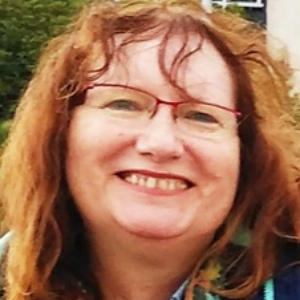Title : Removals of some protozoan, coliphage, viruses and bacteria from the drinking water via reverse osmosis: Effects operating parameters
Abstract:
Impacts of the main operating parameters on permeate flux and pollutants rejection of the RO process, as well as fouling on the membrane surface, were examined for removing the significant ionic concentration and remaining natural organic and dissolved organic matter load of the System.The effects of permeate fluxes (20 , 30, 40 and 60 L/m2·h) , pressure ( 8, 22, 30 and 40 bar) temperature ( 15, 20 and 26 Oc) and ph ( 6, 7 and 8) on the rejections of the RO process,on the pollutants and removals of Escherichia coli, Pseudomonas aeruginosa, and Klebsiella pneumoniae.
Giardia, Cryptosporidium MS-2 coliphage and Corona Virus -19. The maximum TOC, NOM, dissolved COD and TDS yields were around 99% and 99,90% at a permeate flux of 40 L/m2·h, at a pressure of 30 bar at a 20 Oc temperature and at a Ph=7. The Escherichia coli, Pseudomonas aeruginosa, and Klebsiella pneumoniae. Giardia, Cryptosporidium MS-2 coliphage and Corona Virus -19 removals varied between 4.2 and 6,2 log 10.



